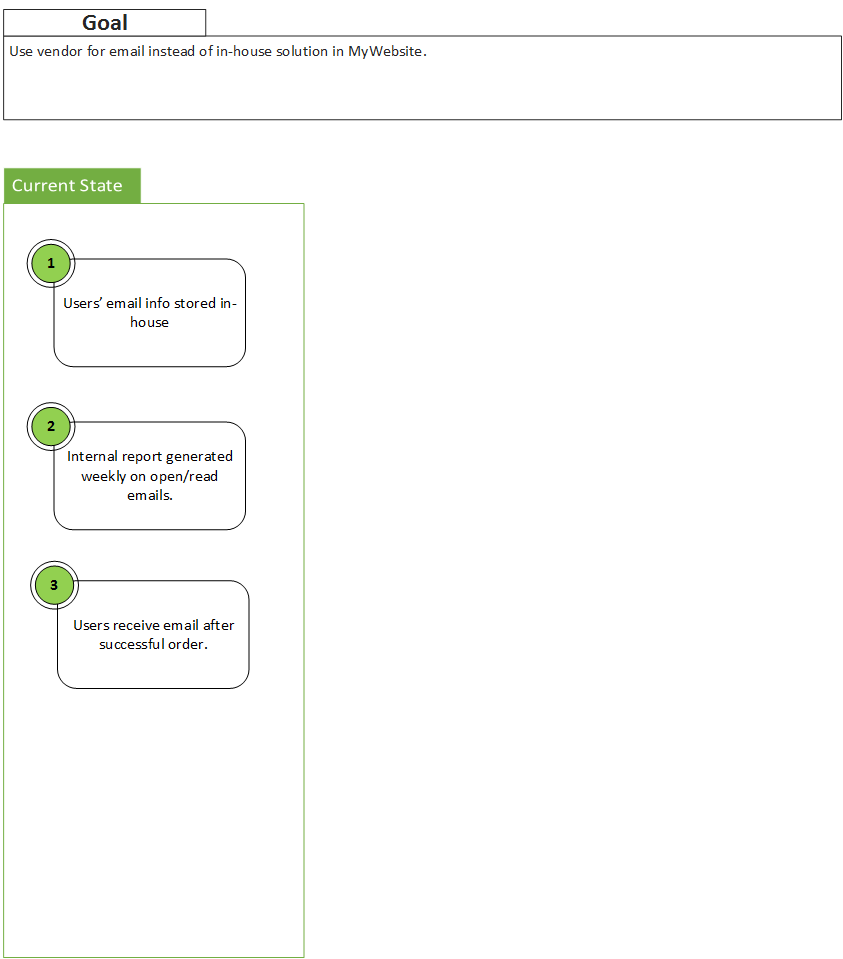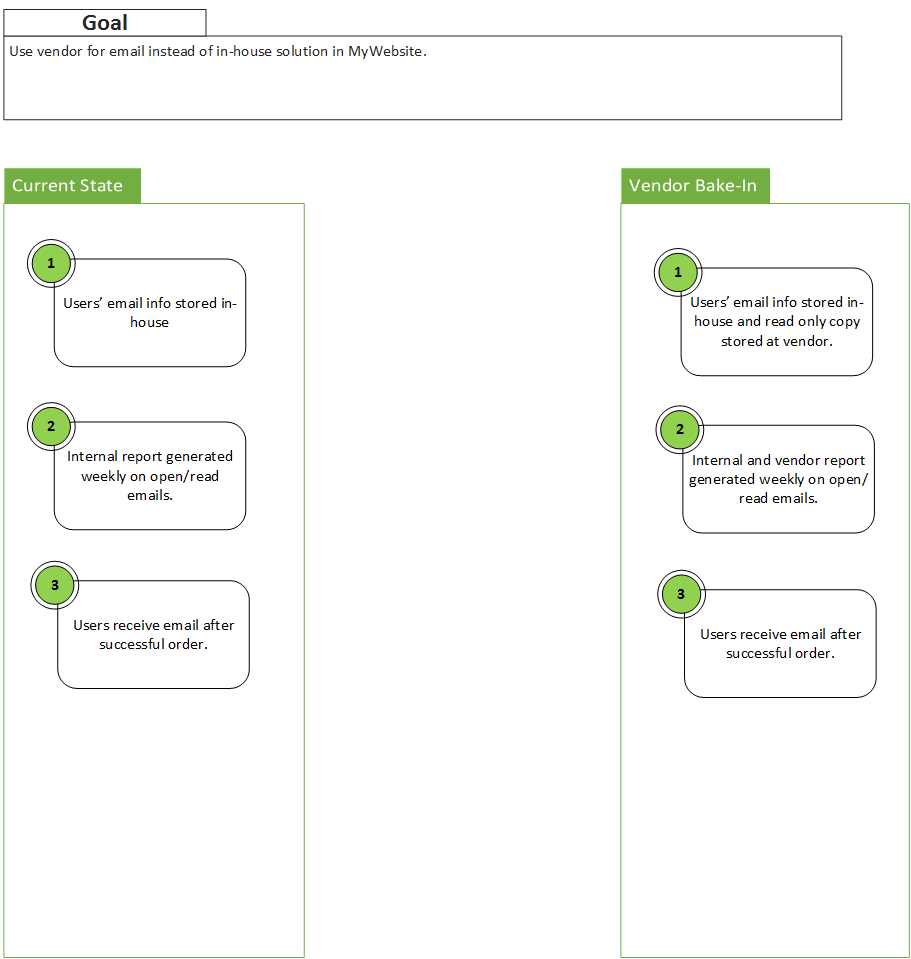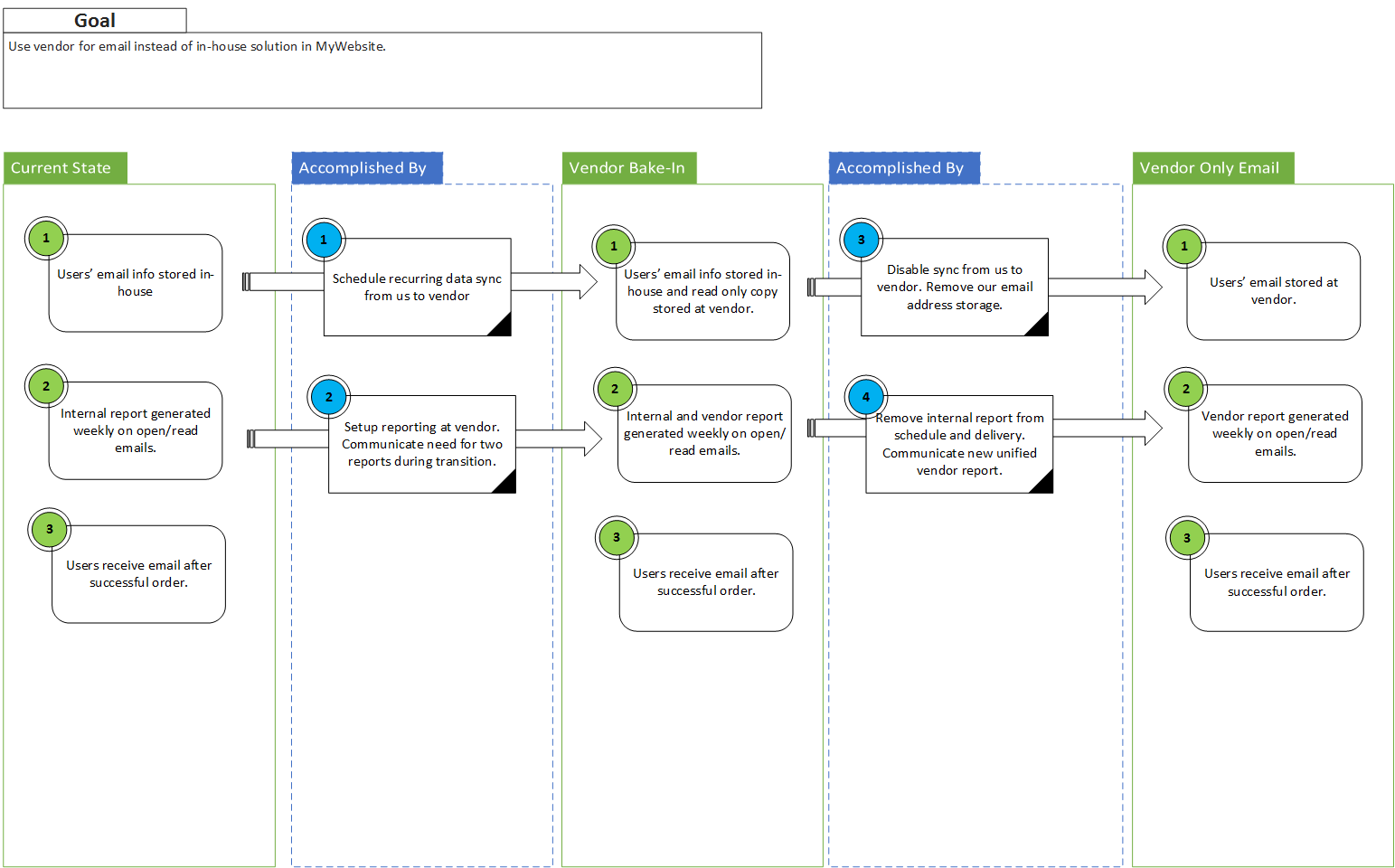
Image courtesy of Loren Kerns
From Here to There. Together.
A Wayward Journey
We were lost. We had been hiking for hours and nothing looked familiar. We tried planning our next steps on the map we had but we weren't sure where we were let alone where we should go. We had lost our bearings and unknowingly we entered into survival mode. We were tired, hungry, and afraid.
Sound familiar? Whether you are hiking through the deep woods with a group or working on the latest project with your team there is always a risk of losing your bearings and struggling to get back to civilization. Keep in mind that it doesn't have to be this way. Lets see what happens to the hikers.
A Way Out
Things were getting ugly. Patience had dried up with our water supply. Just as words which can't be taken back were about to be spoken someone suggested that we take a break. The exhaustion showed as we all sat down and took a deep breath. After we all regained our composure we realized fighting wouldn't get us home. We needed to figure out where we were. None of us had all the info but bit by bit we gathered the details that showed what we had passed and where we were.
Great! Now that we knew where we were we could start to make our way out. Small distances at first and as our confidence increased we shouted excitedly together when we could see our final goal. The end was in sight and we had a plan to get there. We finally made it out and in better spririts than when we went in!
Let's see if we can learn something from this experience and use a similar strategy to improve the spirits and survival of our team during projects.
Navigating your way out
The way out relies on a couple of key elements:
- current location
- next location
- how to move from our current location to our next location
Let's see how we can use these elements to create a map that will improve our communication and project survival.
Step 1 - Where are we?
Everyone has some thoughts on this. It can be messy to work through everyone's info and opinions but we can't move forward until we figure out where we are with some degree of certainty. Keep at it until where we are is clear to everyone both technical and non-technical. Simple declaritive statements devoid of acronyms and technology are useful. Remember these aren't specs they are truths. Things we wish were the case don't belong here only cold reality.

Step 2 - Where do we want to go next?
This is your next destination. Odds are that it's not the end of the journey but an intermediary waypoint. This is where practicality enters the discussion. Yes, in a perfect world you can have everything ready for the release date but that is not always the case. You might need to shave features or robustness in order to meet a deadline and this is where the next destination helps. By making it clear to everyone that this is not the end but a temporary stopping point to regroup and decide on the next direction you can make more pragmatic choices.

Step 3 - How do we get there?
Here's where the real fun starts. Now that you know where you are and where you are headed you and your team can plan how to get from your current location to the next location given the supplies you have. This is where the options are weighed and you pick the one that the team agrees fits best. Again since this is not a spec it doesn't need to be very detailed. We are agreeing on the approach not the implementation.

Step 4 - Repeat until the end is in sight!
Now that you have made forward progress keep putting new destinations and plans for how to get there from the previous destination. Keeping the distance between locations short let's you focus more on difficult terrain without having to solve all the problems at once. Increasing the distance between locations can help once the terrain is a little easier. The key is to focus on getting from one point to the next safely and with minimal confusion.

A Way Home
Now you get to try it out for yourself. It would help if you try it with something you are struggling with yourself. Work through the steps with an issue you have in front of you and try to get the process down. Once you do that try including others on your team. The nice thing about this is the metaphor works in many contexts.
Some contexts include:
- Don't hike much? Try using a metaphor of being lost (without GPS) driving in an unfamiliar city.
- Talking to executives? Use a golf metaphor replacing current location with the ball's lie and the next location with where you are aiming for on the way to the hole.
- Think in computer science terms? Use a state machine metaphor where the locations are the states and the plan between them is how to transition from one state to the next.
This meta-process is used in all sorts of activities and now you can easily use it for your team's next project. Good luck on your next journey and safe travels!
